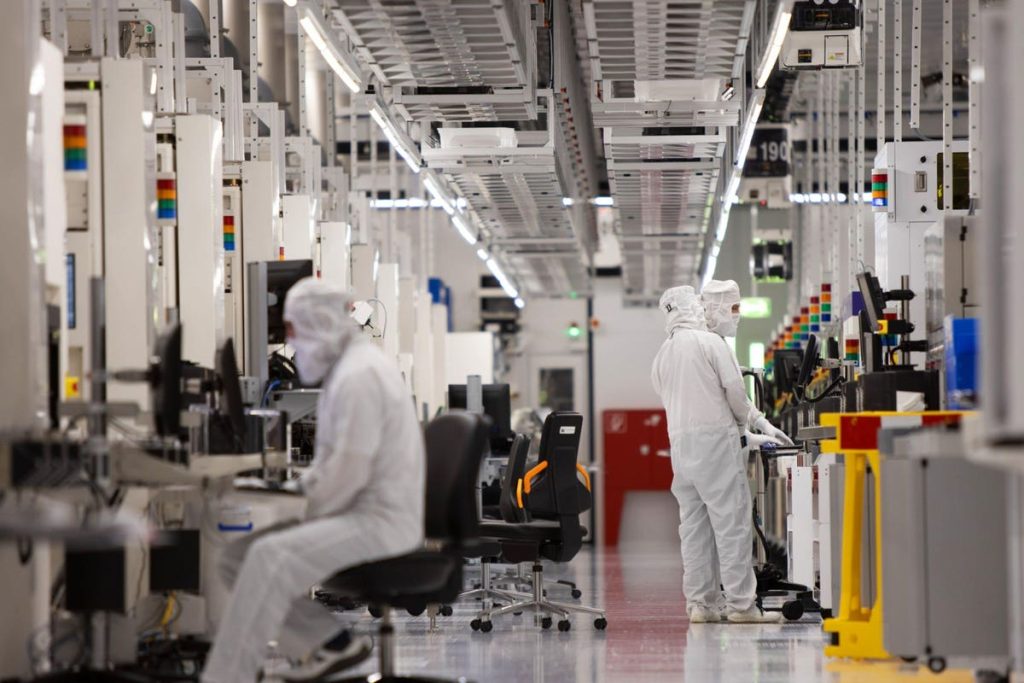The global technological race is heating up. And Europe doesn’t want to be left behind. This week, the much-anticipated European Chips Act has entered into force. This bold legislative package aims to strengthen Europe’s semiconductor supply chain and boost its global competitiveness in this critical sector.
The Act’s main goal? Raise Europe’s market share from less than 10% to 20% by 2030. This won’t be easy. The sector is extremely capital-intensive, with new fabs costing upwards of $10 billion. But the pandemic, with the supply-chain disruptions it brought, has clearly exposed the risks of depending too much on third-country suppliers based in foreign nations.
The Initiative will mobilize over $45 billion (€43 billion) in public and private funding for R&D and manufacturing capacity. This includes $11,7 billion under the new Chips for Europe Initiative to support innovation hubs, pilot production lines, and next-gen R&D.
The Act also aims to attract mega investments from chipmakers like Intel and TSMC. It offers a fast-track permitting process for new European fabs and allows EU states to subsidize projects. Additionally, to shelter against unexpected, pandemic-like disruptions, a new coordination mechanism between member states and the Commission, will help Europe spot shortages early and respond swiftly to supply crunches.
“The global race for leadership in chips is a fact and Europe must secure an active part,” said EU VP Věra Jourová in a statement.
The Chips Act checks all the right boxes. But huge challenges remain to build up Europe’s chip capacity.
First, competition for talent is fierce. The industry requires highly specialized engineers and technicians. Europe will need to heavily invest in skills development and immigration policies that attract qualified workers.
Second, environmental concerns loom large. Chip production is hugely energy-intensive. As Europe pursues its Green Deal ambitions, it must ensure new fabs rely on renewable energy and follow strict sustainability criteria.
Third, execution risks abound across so many disparate programs and investments. Critics argue that the EU is better at announcing big plans than following through. The Chips Act’s success will hinge on focused and coordinated implementation.
The direction, however, seems set. Even before the Act went into effect, there were signs that the industry is moving in tune with Europe’s ambitions.
In recent months, TMSC announced it will invest $10 billion in a new chip mega-site in Germany, while Intel signed a letter of intent to invest $33 billion to buld two semiconductor facilities in the city of Magdeburg, also in Germany. In France, GlobalFoundries and STMicroelectronics finalized an agreeement to create a jointly-operated, high-volume semiconductor manufacturing.
Furthermore, 14 EU states have joined an Important Project of Common European Interest (IPCEI) to co-invest over €8 billion in chip research and infrastructure.
So, the wheels are already in motion. But it will take years of concerted effort for Europe to meaningfully boost its global chip share.
Read the full article here








